Capital: Harare
Area: 390.757 km2
Inhabitants: 14.645.468 inhabitants (2019)
Population density: 37,48 inhabitants per km2.
Languages: In Zimbabwe, we have 16 official languages, including English, Shona and Ndebele. Shona is the most important local language spoken by about 80% of its total population. It is also spoken in Zambia and Botswana mainly. Ndebele is a language related to Zulu in South Africa.
Currency: In terms of currency, Zimbabwe is a very curious country. It currently has two official currencies; US dollars and bonds. In many places, you can pay in bonds but in others (such as tolls or gas stations), you can only pay in USD. It is the country that has had the highest inflation in the world and therefore the exchange rate is very volatile, which causes many people to want US dollars before bonds. You can get these by exchanging US dollars for street bonds, as you will earn more than if you officially exchange them at the bank. Anyway, they will not exchange the bonds, so you need to know how many bonds you will need in advance . You can currently view the USD exchange rate for bonds here. When we looked at it about two months ago (October 2021), the official exchange rate was $ 1 = 87 bonds; but we exchanged on the street 1 USD = 135 bonds. In addition, to pay in supermarkets you also have another virtual option called Ecocash. In the following link, we explain in more detail the whole issue of currency and different tips for those traveling to Zimbabwe.
Clima: Summer in Zimbabwe lasts from November to March. In this case, the temperatures are high but it is fully in the rainy season, which will make some parks such as Mana Pools or Matusadona completely impassable. On the other hand, in the winter from April to October, the temperatures are cooler and there is no rain, many of the animals approach the different waterholes and it is easier to see them. In addition, if you go to Victoria Falls between February and May, you will be able to see them in all their splendor because they carry the rainwater from previous months. However, keep in mind that the weather in Africa has been very unpredictable in recent years (probably due to global climate change) causing some rains to advance or some sudden storms. Therefore, we recommend that when you want to go to Zimbabwe you look at the weather of the last few months to get an idea of what you can find.
Road driving: Roads in Zimbabwe are generally in good condition. To the west, there is a main road from Victoria Falls (border with Zambia) to Bulawayo (southwest of the country) in very good condition. Then you have a road that goes from Bulawayo to Harare which is also very good. And finally, from Harare to Chirundu (border with Zambia) you have another good main road. These are the ones we took, but there are others that are good and paved. Please note, however, that you will have to pay different tolls and will only be able to pay in US USD. Tolls have a fixed cost of 2 USD, regardless of where you come from or how many kilometers you travel. On the other hand, in national parks it is advisable to use a 4 × 4, for example, in the Mana Pools as there is a lot of sand and river crossings. In Hwange, on the other hand, you can easily get around with a tourist car. In addition, there are other scenic routes such as the one that crosses from Hwange to Mana Pools in the north that you will go more comfortable with 4 × 4 and other parks like Matusadona, Gonarezhou or Chizarira that will be essential a 4 × 4. In terms of traffic, the proximity to South Africa and Mozambique for access to the sea is noticeable; as we found quite a few trucks on the road. Luckily, these are always on the sidewalk so you can get ahead of them more easily.
Internet / SIM card: Zimbabwe is a country with little tourist infrastructure that has Wi-Fi, but where you can generally find coverage. The main drawback is how to get the SIM card and internet data, since the country has a very important financial problem and has a more complicated system than other countries. We bought the Econet card, which apart from having data for the Internet, you can also load balance and make payments to different supermarkets and stores via mobile phone (known as Ecocash). The problem is that there is a double currency market in Zimbabwe: the black market where you can exchange dollars for a significant amount of local money; or the official bank market where you will get much less bonds for a dollar. For this reason, many times, you will be able to change dollars to ordinary people and they will pay you bonds at the same time and pay at the supermarket with a much more favorable exchange rate. You must buy the Econet SIM card in the official stores of the communications operator (in Victoria Falls there is one), and it cost us 80 bonds plus a 7.36% commission (a total of 0.55€). Later, we added money to our card account, and we bought a pack of 8 GB of data for the whole month at a cost of 2,031 bonds plus a commission of 2% (a total of 13 euros). If you have money left over in your account, you can go shopping at the supermarket with Ecocash, giving your phone number when you go to pay and accepting a message that you will receive as you accept that operation (don’t worry, they will help you do the process too ). In this way, you are paying with local currency that you have obtained from the black market, and with a very favorable exchange rate for your interests.
Visa: To enter Zimbabwe, you will need a tourist visa. For Spanish passports, you can get it at your point of arrival, either at the airport or at the border, or if you want and to save time at the passport control point when you arrive in the country, you can do it online at the following link. We processed it directly at the Victoria Falls border. The cost of this visa is 30 USD, and it will allow you to be in the country for a period of less than 90 days. If you want to visit Zambia and Zimbabwe, you can also apply for a joint visa for the two countries, known as the KAZA Visa, which costs 50 USD and is valid for a maximum of 30 days. You can obtain this visa online and if you travel directly to one of the country’s international airports, or to the Kazungula border. Since we entered Zambia through the Tanzanian border, it was impossible for us to get this joint visa and we had to process, first the Zambian visa, and then the Zimbabwean visa at the Victoria Falls border.
Budget: In total, we were in Zimbabwe for 11 days and spent a total of 393.66 euros per person. It must be said, however, that it is a country where we did a lot of wild camping, except in national parks such as Hwange NP and Mana Pools; and that the national parks (where you can see great wildlife) are very cheap because they allow you to enter for two days. In addition, Zimbabwe is a complicated country economically with two different currency markets: the official and the black market. If you change money to the black market (as we did), the costs of supermarkets and others that you pay with bonds will cost you cheaper. Below is a breakdown of all expenses in Zimbabwe:
WHAT TO SEE IN ZIMBABWE?
Victoria Falls is one of the spectacles of nature that leaves no one indifferent. Discovered by Livingstone, he named them for honoured the Queen of England. These waterfalls, located on the Zambezi River, which mark the border between Zambia and Zimbabwe, are 1,700m wide, making them the widest waterfalls in the world. They are one of the main tourist attractions in Zimbabwe from where you will have the best panoramic view in order to observe the whole set of waterfalls in front of you; and you will be soaked during the tour of the different viewpoints on the premises.
Hwange NP is the largest national park in all of Zimbabwe. Located in the west of the country, it borders Botswana. With an area of approximately 14,600 square kilometers, this park has the largest concentration of elephants in the world. So if this is one of your favorite animals you can’t miss a visit to the Hwange. It is also notable for the presence of wild dogs, one of the most difficult animals to find on a safari, as well as lions, cheetahs and many different types of antelopes. In recent years, the drought in this area has led to the search for solutions to prevent the extinction of wildlife and access to water by the various communities living around it. One of these solutions has been the artificially pumped water pumps through solar and hybrid motors, which have caused many water points inside the park are full and the animals come together to drink water and the surrounding towns have access to water. If you dare, you can sleep next to one of these water points while large herds of elephants and other animals pass right by your side to water and cool off. On full moon days like the ones we experienced, this experience is spectacular!
Mana Pools NP is one of the best nature parks we have ever visited. Declared a UNESCO World Heritage Site since 1984, it is located along the Zambezi River, the fourth largest river in Africa and the natural border with the neighboring country of Zambia. Due to its abundance of water, you can find a large concentration of animals in a small area of land. We were impressed by the ease of seeing different types of animals in a beautiful landscape, made up of river water and the surrounding vegetation. In addition, there you can do one of the most special activities you can do on a safari, such as a safari on foot while watching the animals a few meters away from where you are. An essential place to go during the dry season, as this park is completely inaccessible due to the rains.

4.- GREAT ZIMBABWE and LAKE MUTIRIKWI
The ruins of Great Zimbabwe, declared a World Heritage Site by UNESCO in 1986, are the remains of one of the most important kingdoms that inhabited Africa between the 12th and 15th centuries. This ancient city, located a few kilometers from the town of Masvingo, is considered the most important historical site in all of South Africa, and represents a very important symbol for the local population as the name of Zimbabwe (“city of stone ”) and the bird that flies in its flag has its origin on these ruins. Declared one of the best-preserved ruins on the continent, his reign controlled much of the area’s trade route (with great importance for the surrounding gold mines) with Arabia, India and China. It is divided into 3 parts that you can visit during your tour, where you can see how the cut and construction of the stone walls, a very unusual structure in the African continent, is still perfectly maintained. Just a few miles away, you can combine the visit with a tour of Mutirikwi Lake, one of the largest lakes in the country.
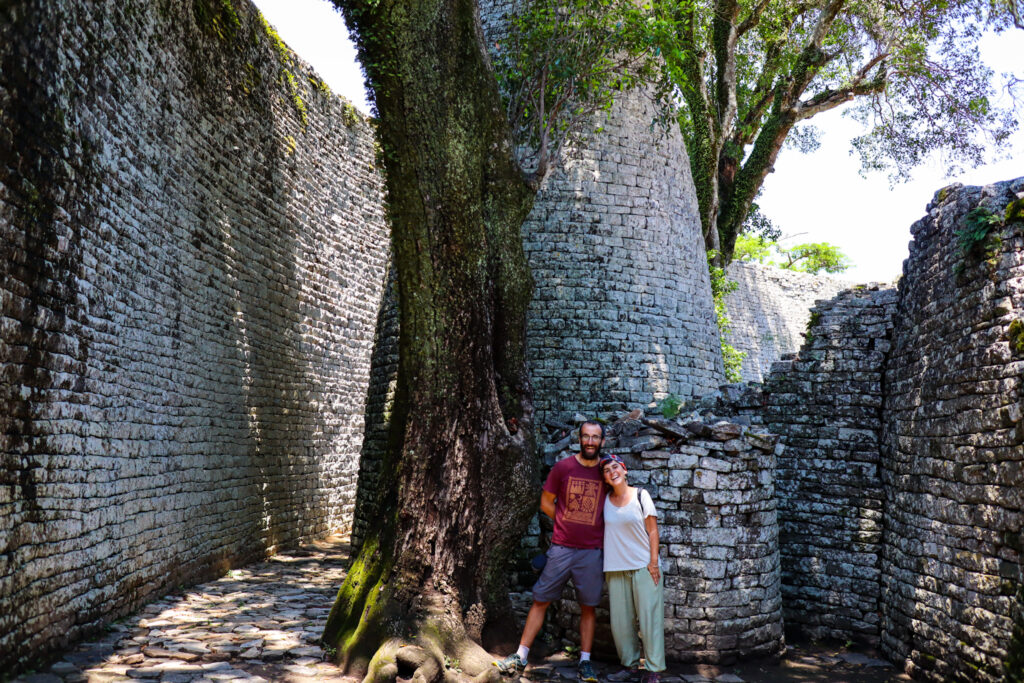
Matobo Hills is a very unique national park in Zimbabwe, located right next to the city of Bulawayo. In Matobo, you will find an impressive historical and scenic part, with its granite rock formations also known as kopijes; the different caves with cave paintings from thousands of years ago; the tomb of one of the most controversial figures in African history, Cecil Rhodes; and some very original stunning views. You will also find more wildlife if you visit the park reserve where different animals live together, most notably rhinos. You can take a walk to see some of the rhinos in the park, or a car safari to see antelopes, zebras, hippos and giraffes, among others. Don’t expect a big safari with lots of animals, because the wildlife density in Matobo Hills is quite low. In Bulawayo, one of the most important cities in the country, you can also visit the railway museum, one of the most important transports during the time of Cecil Rhodes who wanted to connect much of Africa by train.

6.- CHIZARIRA NATIONAL PARK
Chizarira NP is one of the largest parks in the country, but is one of the least visited. It is not notable for the large presence of animals, but for its landscape in the mountains of the north of the country between Binga and Karoi. The views from there are breathtaking. Being high in the mountains, the park has different seasonal waterfalls such as the Machaninga waterfall where you will see many antelopes. Lions, leopards and elephants can also be found in small numbers. Unfortunately, this park has been severely affected in recent years by the presence of poachers and that is why different units of rangers are being created in the park in order to control this activity, and allow repopulation of animals that used to live quietly in the Chizarira mountains.
7.- MATUSADONA NATIONAL PARK and LAKE KARIBA
Matusadona NP is located on the shores of Lake Kariba and is one of the most inaccessible parks in Zimbabwe. It was proclaimed a non-hunting area in 1958; and since then, wildlife and vegetation have continued to expand. With a large amount of water and food, large groups of antelopes are concentrated there, as well as some of its most dangerous predators, such as felines. lions). In addition, you can see large herds of elephants, crocodiles of the Nile and hippos by the water and a large number of birds, including ospreys. There, you can go on foot and 4 × 4 safaris; and they recommend staying there for at least two or three nights as the journey to get there is quite long. Lake Kariba, with more than 2,000 kilometers of coastline, is also an ideal place for fishing and from there you can go on boat safaris to see the Matusadona NP from another perspective as well as see some of the the houseboats on the lake.
8.- GONAREZHOU NATIONAL PARK
Gonarezhou National Park is located in the southeast of the country, in the region known as Limpopo and which also includes other natural parks in neighboring countries such as the Kruger in South Africa, or the Limpopo in Mozambique. The park covers an area of approximately 5,000 square kilometers, and its name, Gonarezhou, means place for many elephants. However, in the past this park was heavily attacked by poachers and various local guerrillas during the Mozambican Civil War. That’s why they say animals are more shy there because they’re not used to have vehicles nearby, and elephants can be very dangerous! In this park, you will find the richest biodiversity in Zimbabwe with a steep and fantastic landscape. You can see, if you’re lucky, the big five as well as the royal cheetah (there are only about 30 left in the world) that stands out for its black stripes. Sleeping in some of the wild campsites within the park is one of the experiences that many people recommend doing in Gonarezhou National Park.
9.- CHIMANIMANI MOUNTAINS NATIONAL PARK
Chimanimani Mountains National Park is a mountainous area in the province of Manicaland in eastern Zimbabwe. It stretches for about 50 kilometers and borders Mozambique. The region is known for having some of the highest peaks in the country (known as the Eland Sanctuary) and the national park stretches for about 50 kilometers along the border with Mozambique. It is located 150 km from the town of Mutare. It is not notable for its large number of wildlife (there are different species of antelopes and rarely the leopard), but there you can do different treks and visit some waterfalls such as the Bridal Veil Falls. It is a little visited area and therefore you will have a very pleasant feeling of being alone in direct contact with nature.




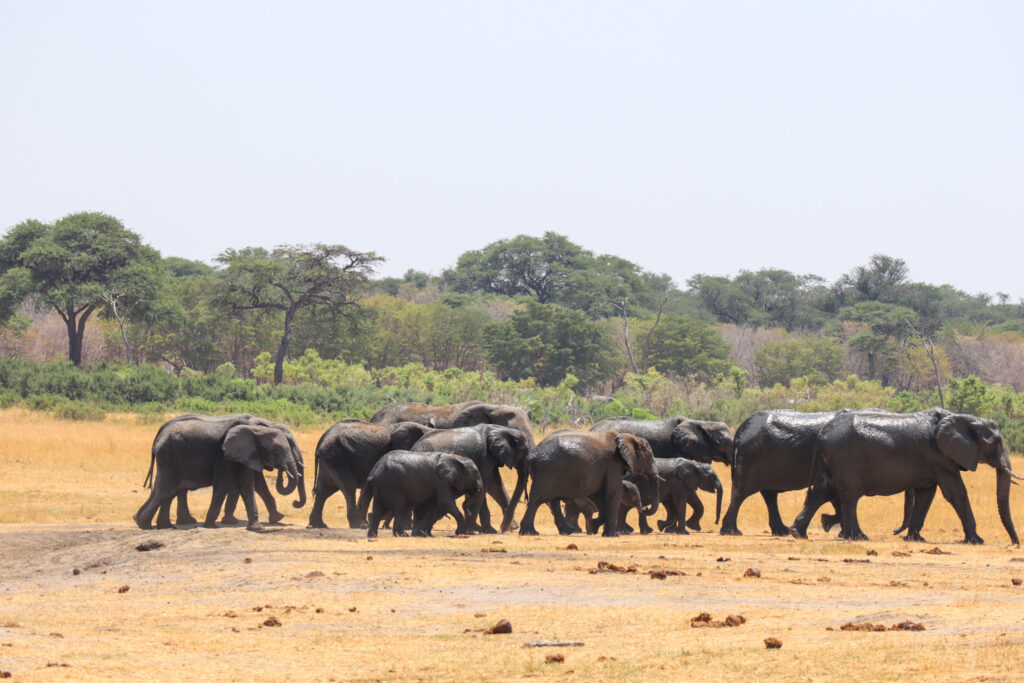
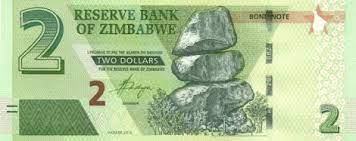
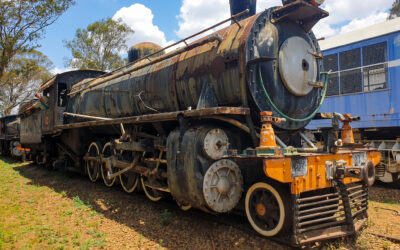

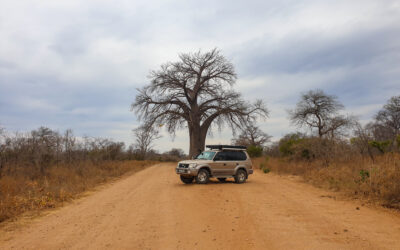



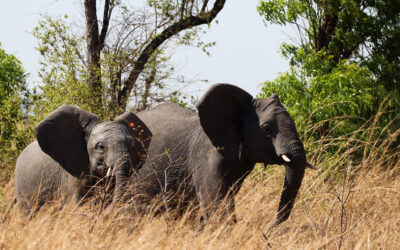
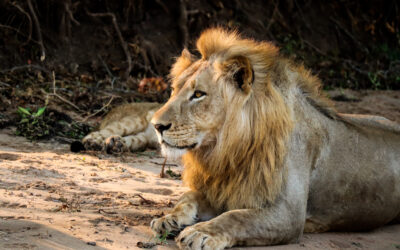
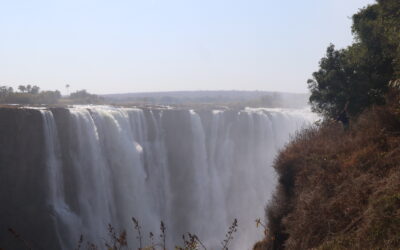
0 Comments